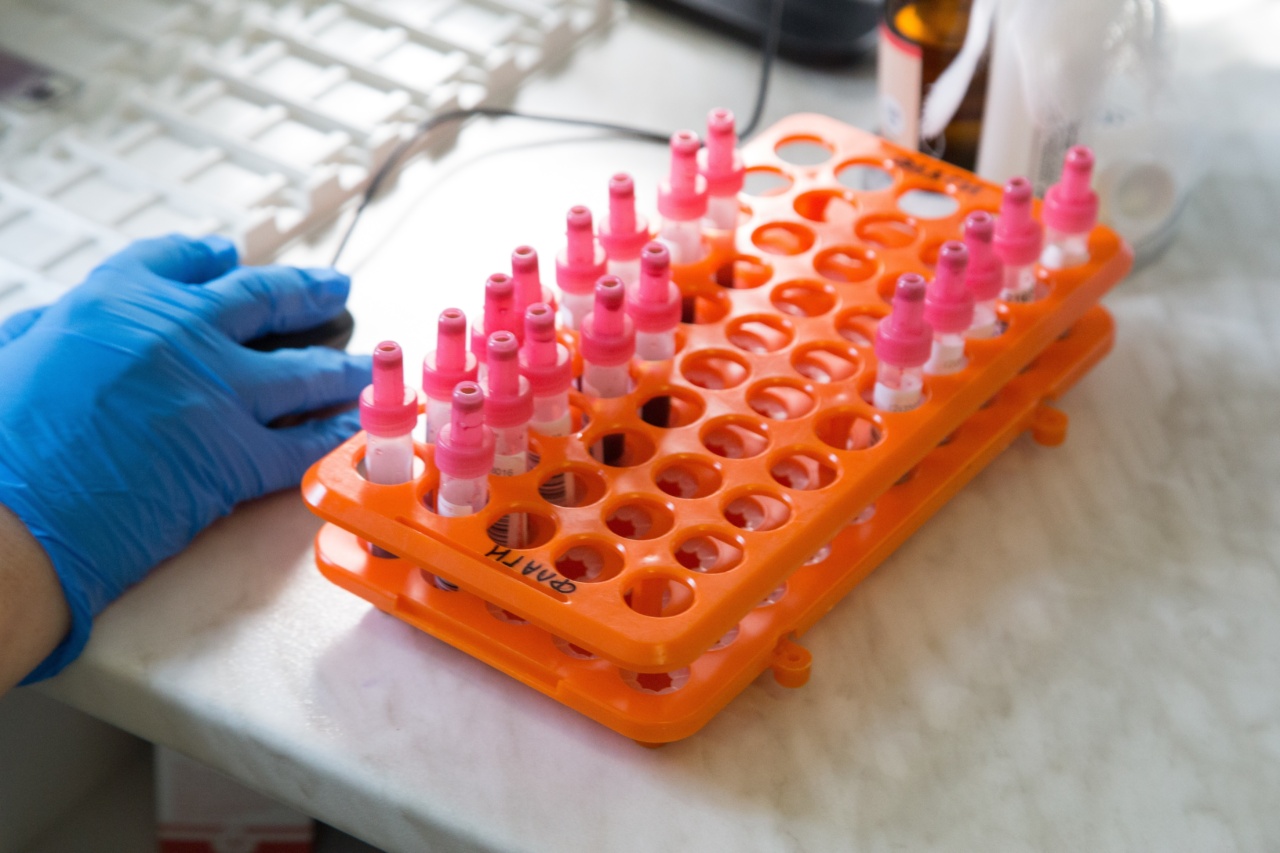Rapid advancements in technology have enabled healthcare professionals to conduct tests that can revolutionize the way we detect various diseases. In recent years, biopsies have been the standard method for detecting cancer cells in patients.
However, this testing method comes with a range of challenges, such as the invasiveness of the procedure and the risk of complications.
Roche, a global pharmaceutical and diagnostics company, is introducing a new testing method that will detect cancer cells using a simple blood sample.
The method, known as liquid biopsy or plasma genotyping, involves separating circulating tumor cells (CTCs) from plasma samples and analyzing their DNA for mutations. The same technique can also be employed to analyze tumor tissues rather than plasma samples.
How Liquid Biopsy Works
Liquid biopsy involves analyzing the DNA present in plasma samples to check for signs of cancer. Plasma is a yellowish fluid that circulates in the blood, carrying various nutrients, hormones, and waste products.
Liquid biopsy enables oncologists to take a minimally invasive approach to identify the presence of cancer in a patient’s body.
Plasma contains fragments of DNA that have broken off from the cancer cells and are circulating in the blood. These fragments are known as circulating tumor DNA (ctDNA) and are unique to each cancer patient.
Roche’s liquid biopsy testing method isolates ctDNA from plasma and analyzes it for genetic mutations. The mutations, such as point mutations, copy number variations, or small insertions or deletions, are unique to each patient and help to determine if cancer is present in the body of the patient.
Benefits of Liquid Biopsy for Patients
The primary benefit of liquid biopsy is that it is a less invasive procedure than traditional biopsies. Biopsies require an incision to be made to access the tumor tissue, which may be difficult in certain areas of the body.
Liquid biopsy requires only a simple blood sample to identify the presence of cancer.
Moreover, liquid biopsy can be performed more frequently than traditional biopsy. Patients who undergo traditional biopsies must wait for the incision to heal before another biopsy is conducted.
However, liquid biopsy can be performed as often as required, as a simple blood draw will produce the necessary results. This allows the oncologist to monitor the progression of cancer and adjust treatment accordingly.
Finally, liquid biopsy has been shown to be more accurate than traditional biopsies. These tests are better at identifying a specific type of cancer and can detect genetic mutations that lead to cancer.
This information can then be used to personalize treatment plans to the patient’s individual genetic makeup.
Applications of Liquid Biopsy
The liquid biopsy testing method can be applied in several areas of oncology, including:.
1. Early Cancer Detection
Liquid biopsy can detect cancer earlier than traditional methods. If doctors can detect cancer at an early stage, the treatment has a greater chance of success. Cancer is easier to treat and cure when it has not spread to other parts of the body.
2. Monitoring of Cancer
Liquid biopsy can be performed more frequently than traditional biopsy, making it an ideal tool for monitoring the progression of cancer.
Liquid biopsy can provide information about the effectiveness of treatment and help the doctor to adjust treatment plans according to the genetic makeup of the patient.
3. Personalized Treatment
Liquid biopsy provides accurate information about the genetic mutations that lead to cancer. This information can then be used to personalize treatment plans to the patient’s individual genetic makeup.
This will allow doctors to provide patients with the best possible treatment.
Roche’s Liquid Biopsy Testing Method
Roche’s liquid biopsy testing method isolates ctDNA from plasma samples and analyzes it using a polymerase chain reaction (PCR). This technique amplifies the DNA in the sample, making it easier to identify genetic mutations.
Roche’s testing method has been designed to be both sensitive and precise. The testing method can detect mutations even in the very early stages of cancer.
Moreover, the method can analyze multiple mutations simultaneously, providing a comprehensive view of the genetic makeup of the patient.
Advantages of Roche’s Liquid Biopsy Testing Method
Roche’s liquid biopsy testing method has several advantages:.
1. Non-Invasive
The testing method does not require an incision to be made, making it less invasive than traditional biopsies.
2. Accurate
The testing method is more accurate than traditional biopsies and can identify mutations that may not be detected using traditional methods.
3. Faster Results
Roche’s testing method produces results faster than traditional methods. Test results can be obtained within a few days rather than several weeks.
4. Comprehensive
The testing method can analyze multiple mutations simultaneously, providing a comprehensive view of the genetic makeup of the patient.
Conclusion
Liquid biopsy is an innovative and less invasive method for detecting cancer cells in a patient’s body. Liquid biopsy can be applied in several areas of oncology, including early cancer detection, monitoring, and personalized treatment.
Roche’s liquid biopsy testing method is non-invasive, accurate, fast, and comprehensive. This testing method has the potential to revolutionize the way we detect and treat cancer.





























